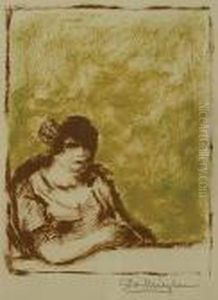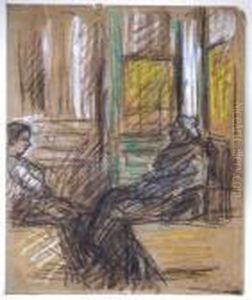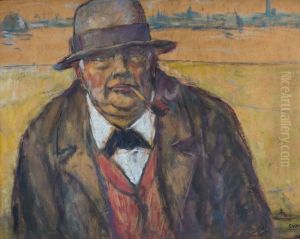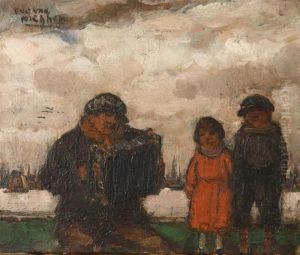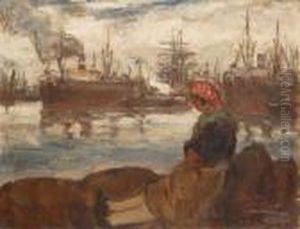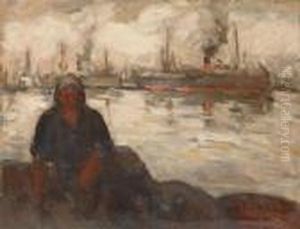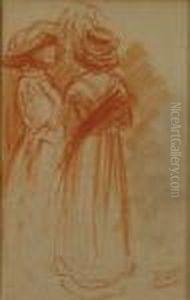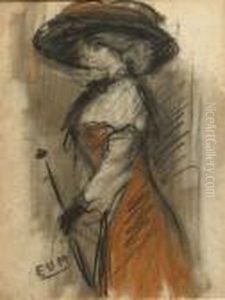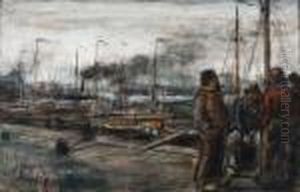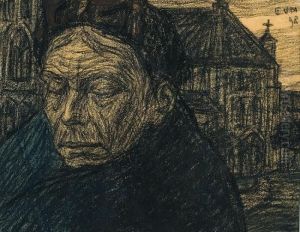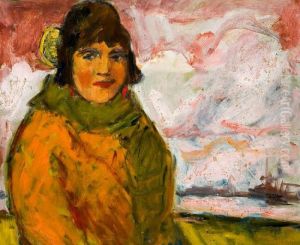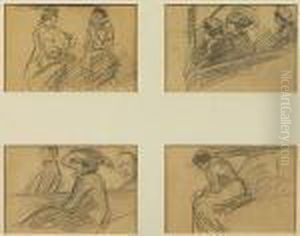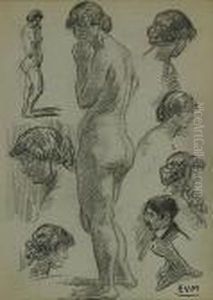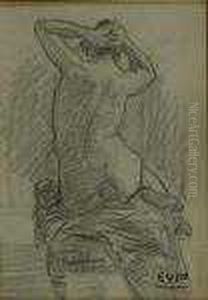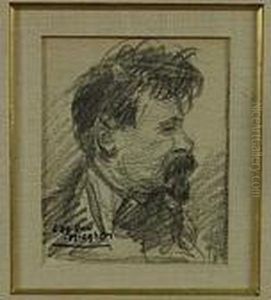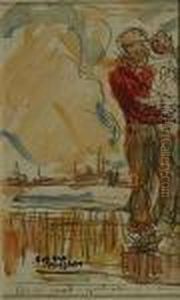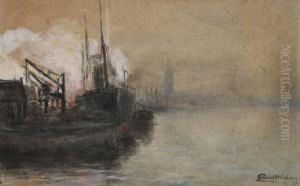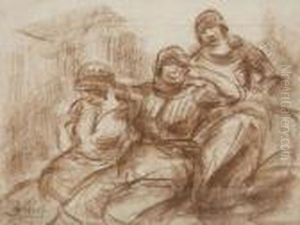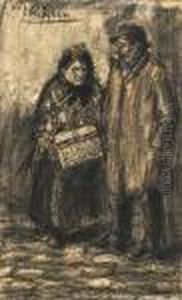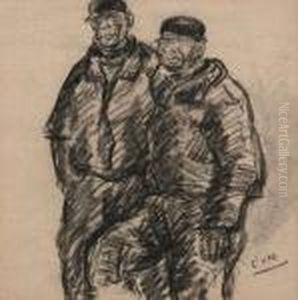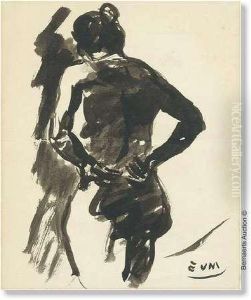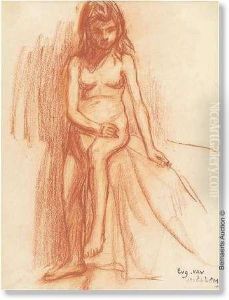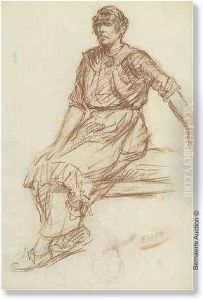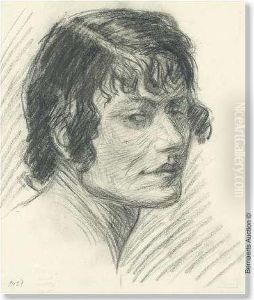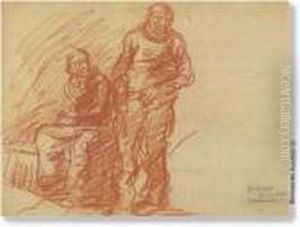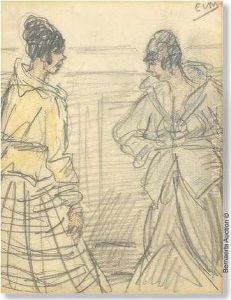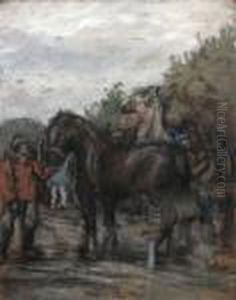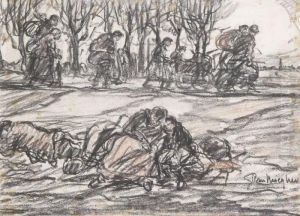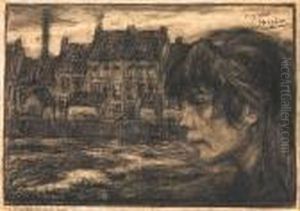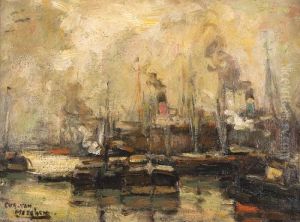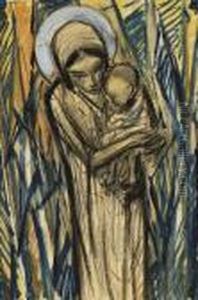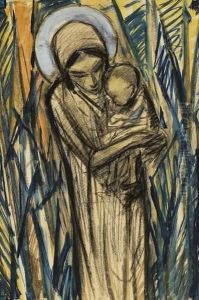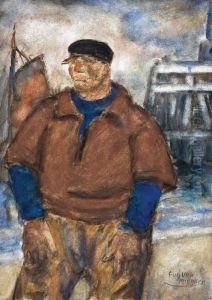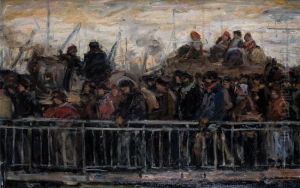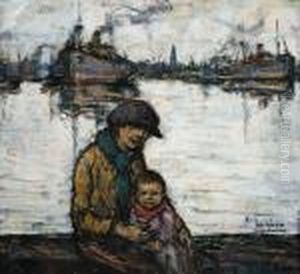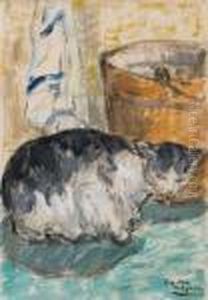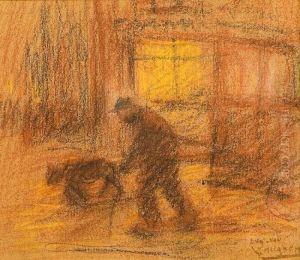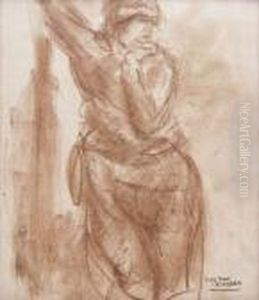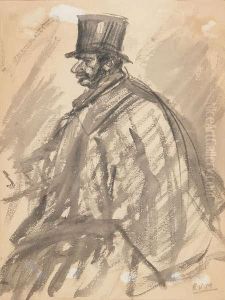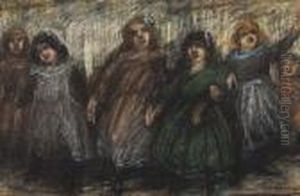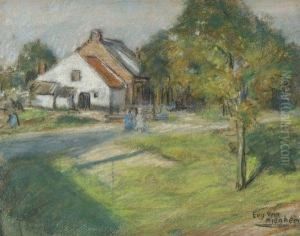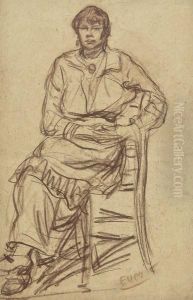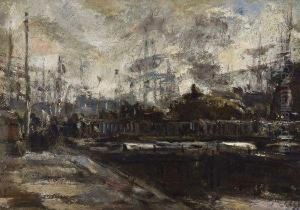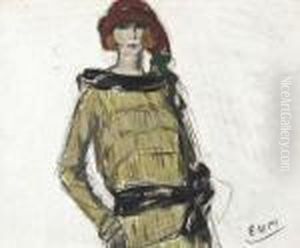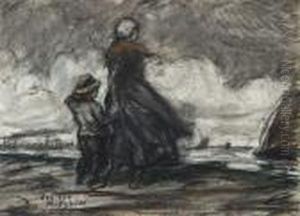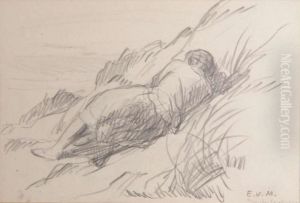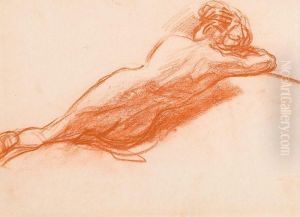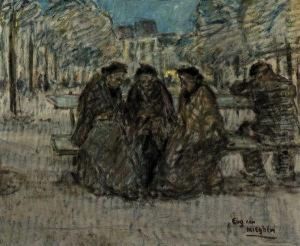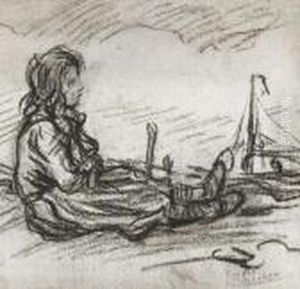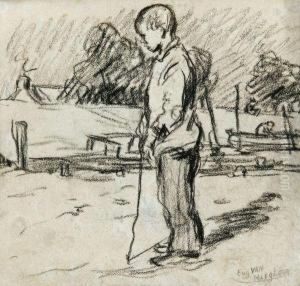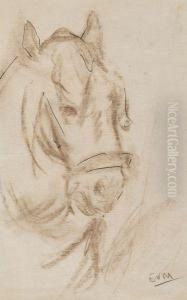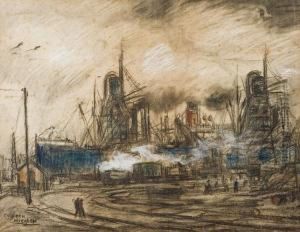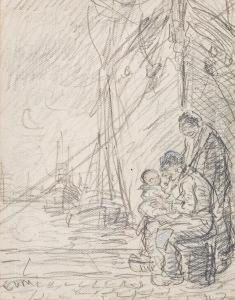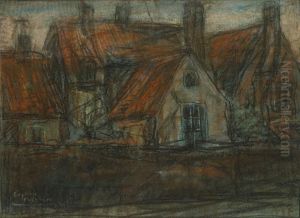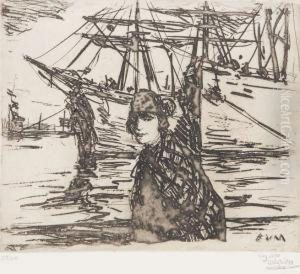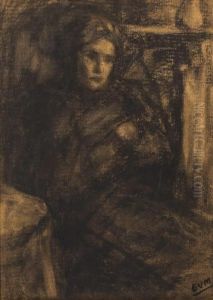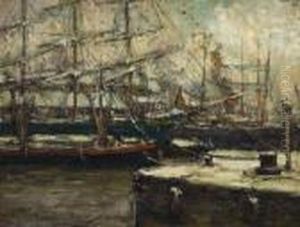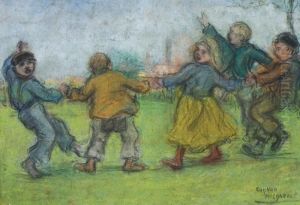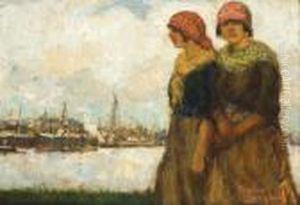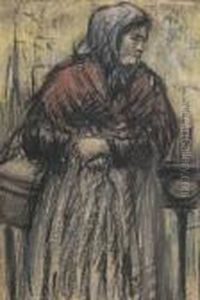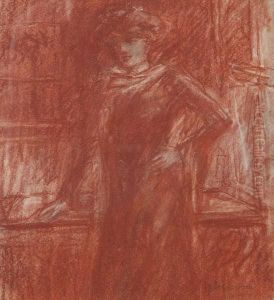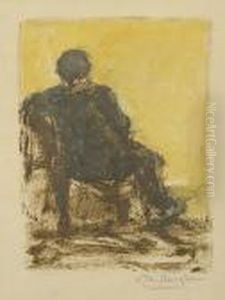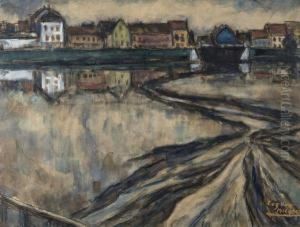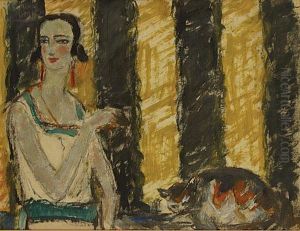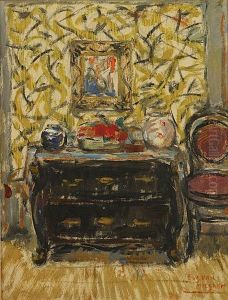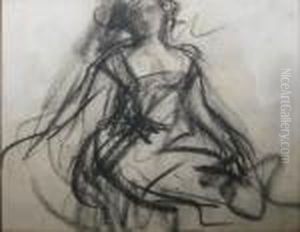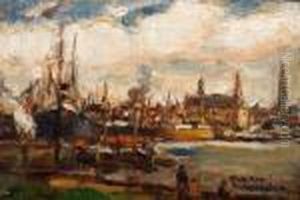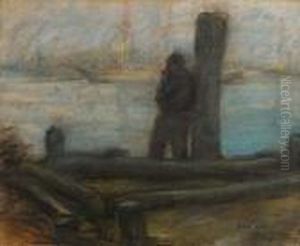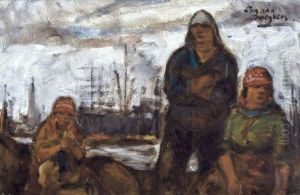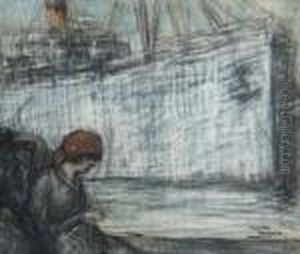Eugeen Van Mieghem Paintings
Eugeen Van Mieghem was a Belgian artist born on October 1, 1875, in the port district of Antwerp. His father owned a café that catered to the local dockworkers, sailors, and emigrants, which provided the young Van Mieghem with a rich tapestry of subjects for his future works.
From an early age, Van Mieghem demonstrated a keen interest in art and began his formal education at the Antwerp Academy of Fine Arts at the age of 13. During his studies, he was influenced by the works of the Flemish Primitives, as well as by the modern movements of his time, such as Impressionism and Social Realism.
Throughout his career, Van Mieghem remained deeply connected to the port of Antwerp and its people. His artwork frequently depicted the life of the common man, the toil of the stevedores, and the plight of emigrants who passed through the bustling port. He was a compassionate observer of the hardships faced by the working class and captured their lives with sensitivity and realism.
Van Mieghem was a prolific artist, producing over a thousand drawings, pastels, and paintings. His style evolved over the years, but he always maintained a strong empathetic connection with his subjects. He worked with a variety of materials, including charcoal, pastels, and oils, and his color palette often reflected the somber mood of the scenes he portrayed.
The outbreak of World War I had a profound impact on Van Mieghem's life and work. The German occupation of Belgium and the subsequent economic hardship greatly affected the artist's ability to create and sell his art. Yet, he continued to paint, often documenting the effects of the war on the civilian population.
After the war, Van Mieghem's work gained recognition and he had several successful exhibitions. However, his health deteriorated, and he struggled with tuberculosis. Eugeen Van Mieghem passed away on March 24, 1930, leaving behind a rich legacy of artwork that provides a poignant, historical snapshot of life in and around the Port of Antwerp in the early 20th century. His work is celebrated for its historical value and artistic quality and is housed in various collections, including the Eugeen Van Mieghem Museum in Antwerp.
